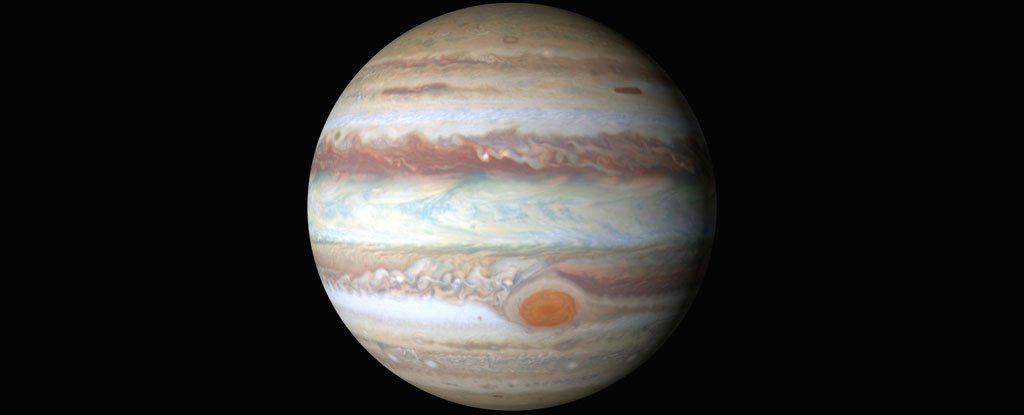- Orbits The Sun Asteroid Or Comet
- Orbits The Sun In A Mostly Circular Orbit
- Orbits The Sun Asteroid Comet Meteor
- Does Jupiter Orbit The Sun
The Earth is always being pulled towards the Sun by gravity. If the Earth were stationary compared to the Sun, it would fall into the sun under the force of gravity. However the Earth is actually moving sideways compared to the center of the Sun at 3 km/second (~2 miles/second). The Earth is not moving fast enough to 'escape' the Sun's gravity and leave the solar system, but it is going too fast to be pulled into the Sun. Therefore, it keeps going around and around - orbiting the Sun. It is rather like a tether ball. Think of the top of the post as the Sun and the ball as the Earth. The string between them is like the force of gravity keeping them the same distance apart. When you hit the tether ball it spins around the post. If there were no air or rope friction, the ball would spin forever without getting any closer to the post. That is essentially what the Earth is doing when it orbits the Sun - in the vacuum of outer space, it does not loose speed to air friction, so it just keeps going around the Sun.

Orbits The Sun Asteroid Or Comet
/cdn.vox-cdn.com/uploads/chorus_image/image/50082107/RR245orbit_labeled.0.0.png)

Orbits The Sun In A Mostly Circular Orbit

Orbits The Sun Asteroid Comet Meteor
The Sun (which orbits the centre of the Milky Way galaxy and travels at a speed of 220 km/s in relation to it) and Pluto (which travels slower than any of the planets at 4.7 km/s in relation to the Sun) have gone: The Sun 1,589 km Pluto 34 km. The James Webb Space Telescope will not be in orbit around the Earth, like the Hubble Space Telescope is - it will actually orbit the Sun, 1.5 million kilometers (1 million miles) away from the Earth at what is called the second Lagrange point or L2. The Sun News death notices and Death Notices for Myrtle Beach South Carolina area. Explore Life Stories, Offer Condolences & Send Flowers.
Does Jupiter Orbit The Sun
- Phases of Venus. For this observation, you are going to need a pair of binoculars.
- AI Copernicus ‘discovers’ that Earth orbits the Sun A neural network that teaches itself the laws of physics could help to solve quantum-mechanics mysteries. Davide Castelvecchi.




